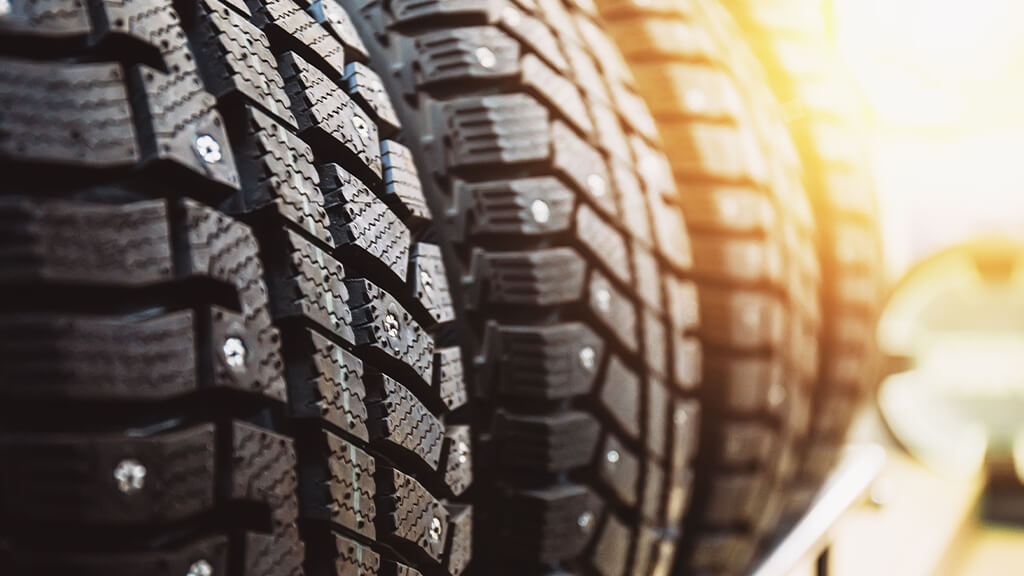Home > Blog > Mobility > Storing your tyres properly will extend their life
Storing your tyres properly will extend their life
Spring is coming or winter is on its way: it’s time to change your tyres. However, where and how do you store your tyres that will remain unused for many months? It would be a pity if they were to get damaged beyond repair while you were not using them… Here are some simple tips for optimal storage.

Are you used to stacking your winter or summer tyres in your garden shed or under the carport? Well, that’s not a good idea. When stored in the wrong conditions, your tyres can easily age prematurely, crack or flatten (flat-spotting). And it may well be that by the next change of season, they will simply be unusable. On the other hand, storing your tyres properly will ensure that they last longer!
The preliminaries
When removing your tyres, don’t forget to mark their original position on the sidewall. This will ensure that you comply with the safety instructions for tyre rotation. It’s also a good time to check whether your tyres are still in good condition and whether they should be replaced (see our article When should you change your tyres?).
Before storing, clean them (and possibly the rims) thoroughly with lukewarm water and mild soap, and let them dry in the air. Remove stones and other items stuck in the grooves.
To limit exposure to UV light, dust and moisture, wrap each tyre separately in an opaque bag or cloth (e.g. a black bin liner). Let out as much air as possible before closing them.
Choosing the right storage location
Do not store your tyres outside, even under an awning, a covered terrace or on a balcony! When not used for several months, your tyres are much more vulnerable to the weather, UV rays and temperature changes.
The ideal place? A room with low humidity, temperate (between 10° and 25°) and well ventilated but without draughts. A garage, a solid cellar or a shed, for example, should do the trick.
If possible, store your tyres off the ground, on a shelf for example, in a corner of the room away from the light. Be sure to keep them away from heat sources, hot water or certain products such as solvents, hydrocarbons or other substances that could alter the rubber.
Lined up or stacked?
It all depends on whether your tyres are mounted on rims or not!
Rimless tyres: lined up vertically
Without a strong structure (rims), your tyres are much more likely to deform during storage. You should therefore avoid stacking or hanging them. Store them “upright”, lined up side by side.
To prevent the rubber from drying out, turn your tyres a quarter turn every month.
Complete wheels: horizontally stacked or suspended
With rim-mounted tyres, the opposite is true: the weight of the rim may flatten the tyre if you leave it “upright”. The load will be better distributed if they are stacked on top of each other.
You can also store your complete wheels suspended (e.g. on wall brackets), as the weight will be supported by the rim.
Good to know: tyres are always stored more safely when mounted on rims. Moreover, it is easier (and cheaper, since you can do it yourself) to change complete wheels than tyres: there is always a risk of damaging the rubber during mounting and dismounting.
No ideal space in your home?
Can’t find a place in your home that fits these criteria? You should know that there are storage services (especially in car centres or garages) that can also take care of cleaning and mounting/dismounting your tyres.
Good to know: some tyres are more vulnerable than others during storage. Narrow profile tyres, high performance tyres and tyres stored without rims are at greater risk of sagging.


